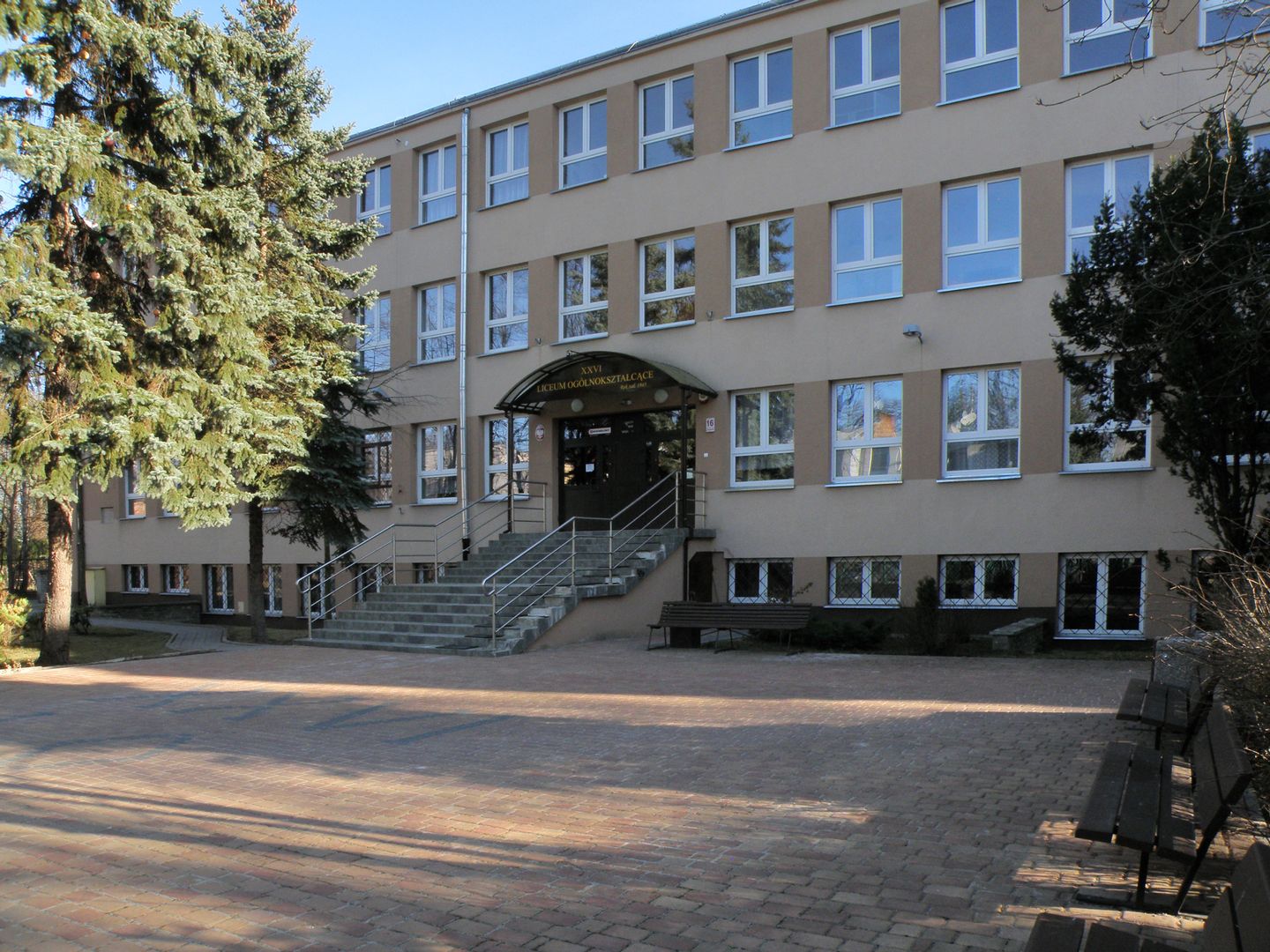Anin
6.64

Overview
Anin is a residential area located in the Wawer district of Warsaw, with a history dating back to the times of the Wilanów estate of Count Ksawery Branicki. The land was subdivided just before World War I. Its name comes from the name of Branicki’s wife, Anna. Originally a summer resort, the settlement began attracting new residents, including artists and intellectuals, as Warsaw expanded, which shaped its cultural character. Many houses and villas were built during the interwar period despite construction restrictions due to the nearby Wawer Fort. Anin played an important role in the local community, contributing to the development of educational institutions, including a school, and a chapel was constructed, which later became a parish church. During World War II, the area witnessed terrible tragedies, such as the massacre of residents in 1939 and the persecution of Jews. After the war, Anin—incorporated into Warsaw in 1951—underwent dynamic development with the construction of new roads, schools, and healthcare centers. Modern-day Anin retains its wooded character, attracting residents seeking tranquility and connection with nature. The neighborhood boasts diverse architectural forms, ranging from old wooden houses to modern brick villas. Interestingly, Anin has been home to many distinguished artists, including poets, visual artists, and musicians, giving it a rich cultural heritage. Today, it continues to embody the spirit of a small community with a deep history, emphasizing greenery, architecture, and cultural traditions.
Location
Tickets
Powered by GetYourGuide
2025 Wizytor | All Rights Reserved